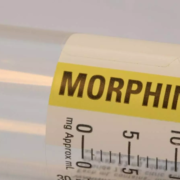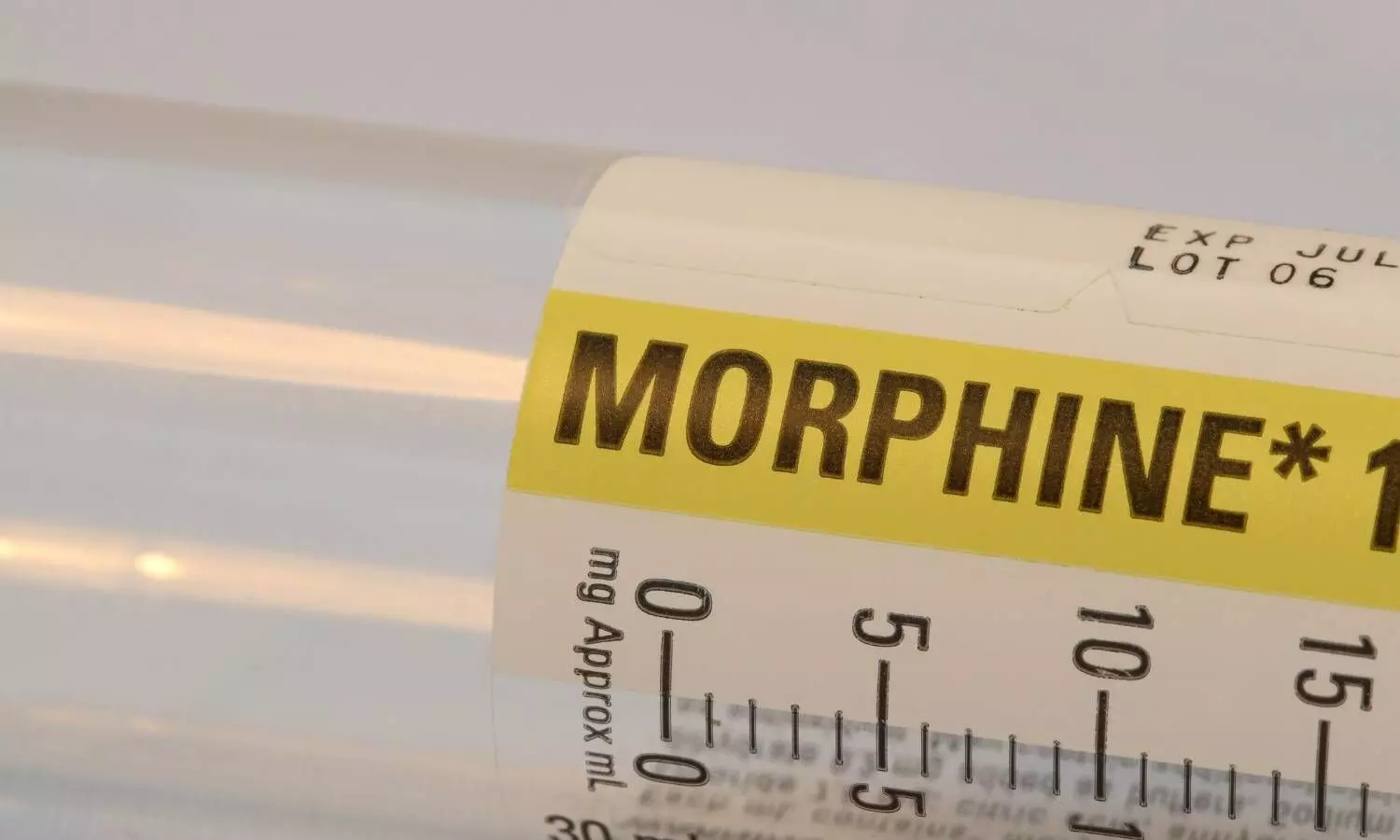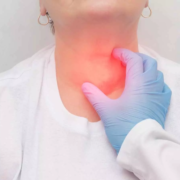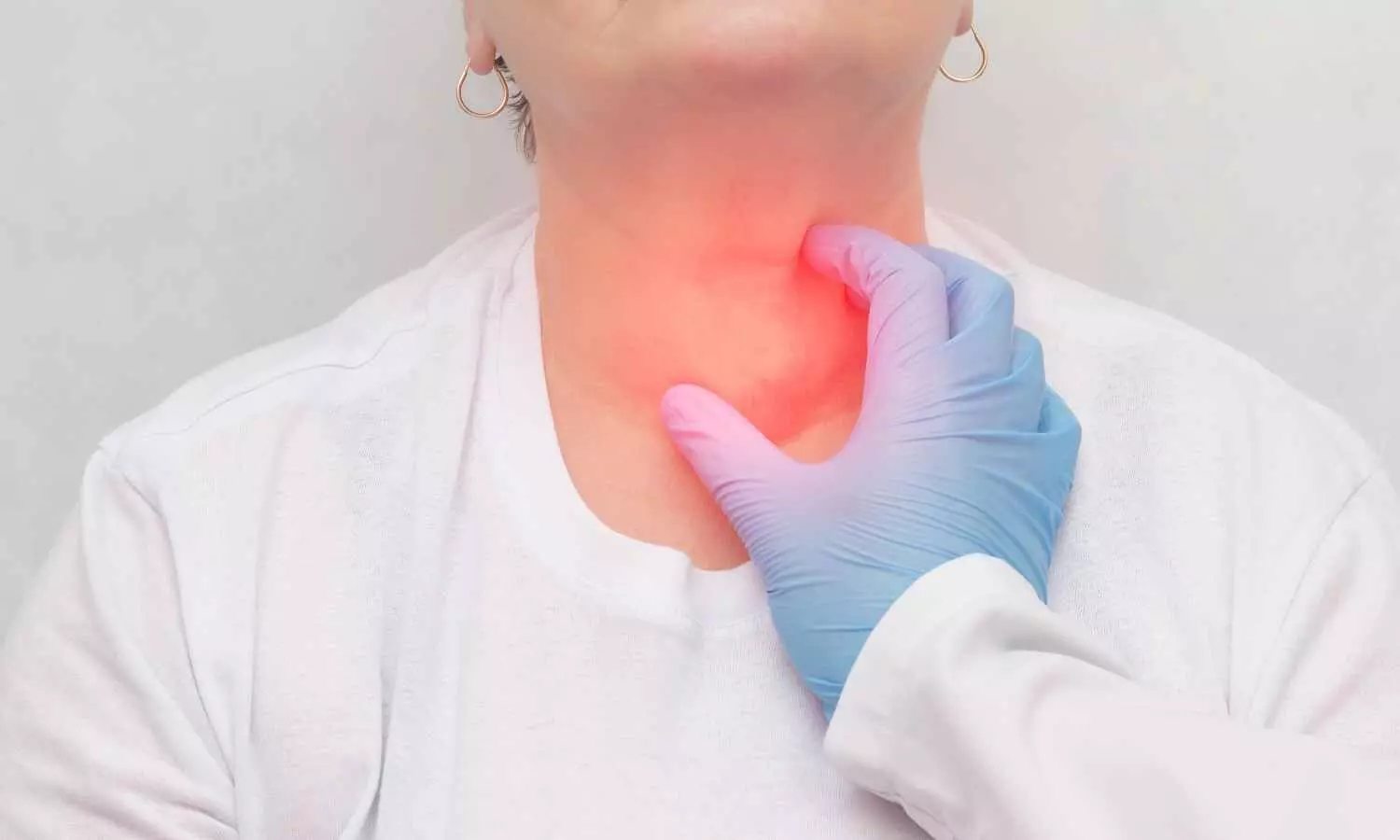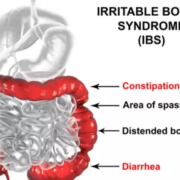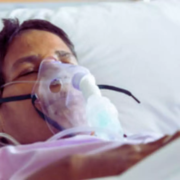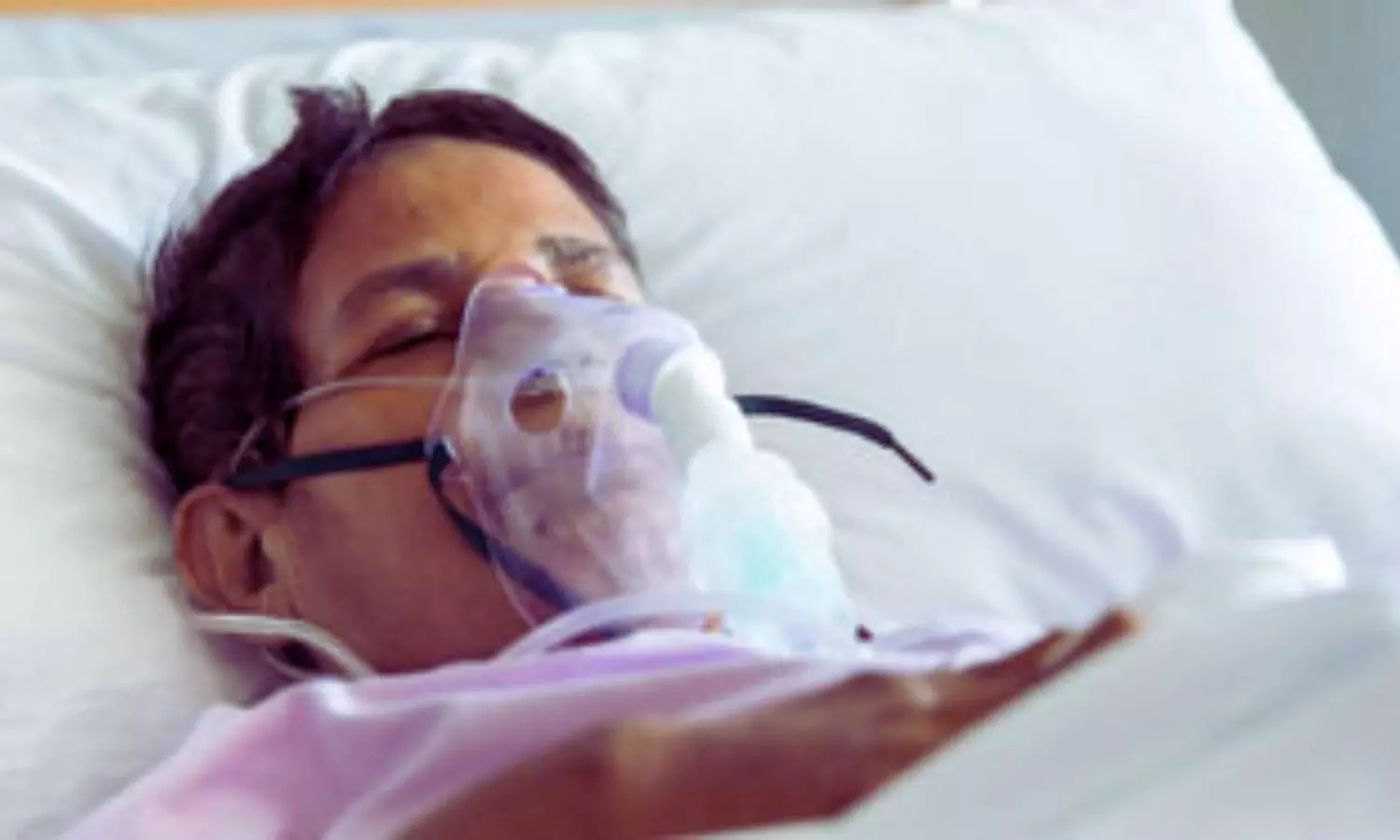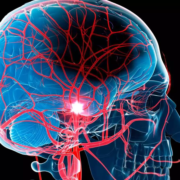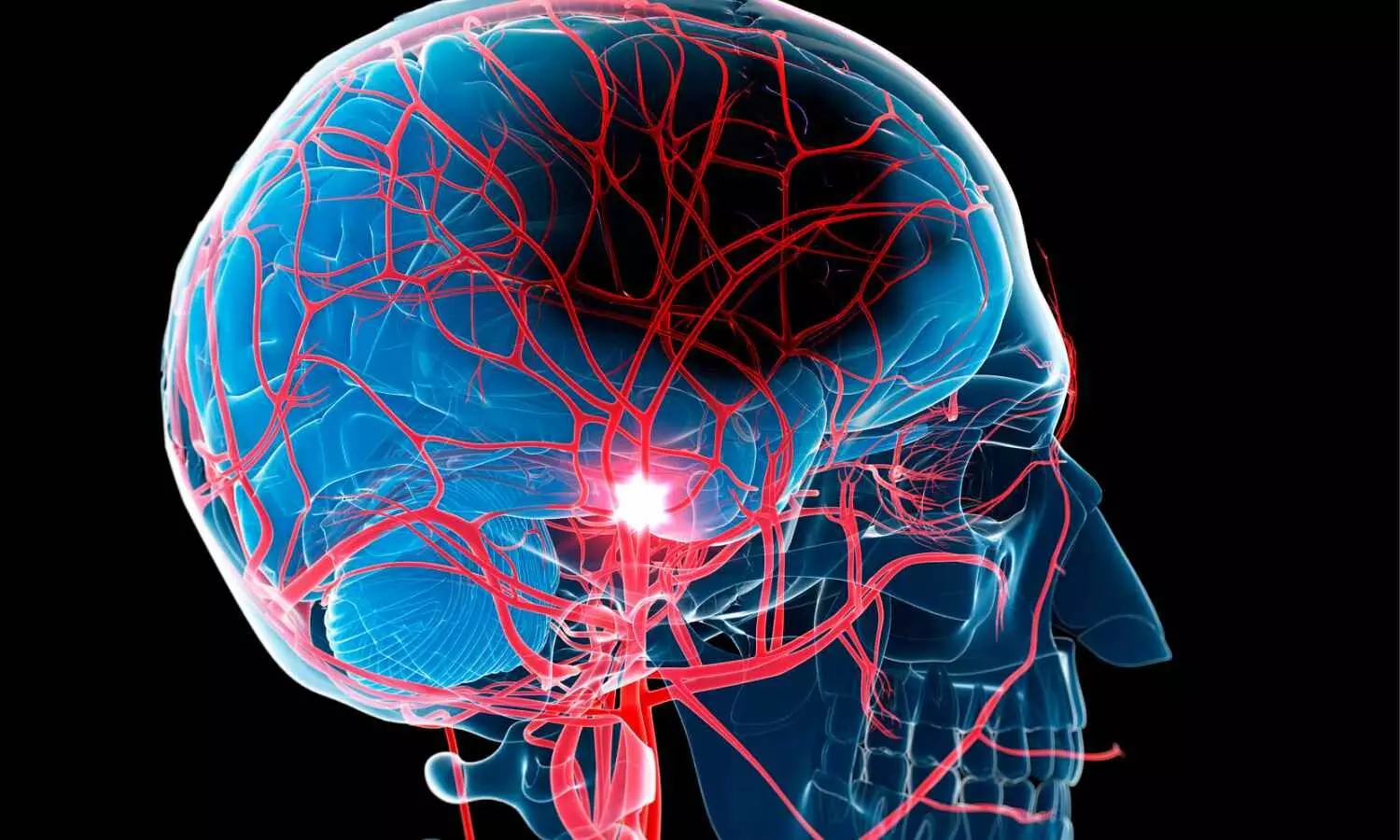Widely prescribed opioid painkiller tramadol not that effective for easing chronic pain

The strong opioid painkiller, tramadol, is not that effective at easing chronic pain for which it’s widely prescribed, finds a pooled data analysis of the available research, published online in BMJ Evidence Based Medicine.
And it likely increases the risk of serious side effects, including heart disease, the findings indicate, prompting the researchers to conclude that the potential harms of tramadol probably outweigh its benefits, and that its use should be minimised.
Tramadol is a dual action opioid widely prescribed for the treatment of moderate to severe acute and chronic pain. As such, it’s recommended in several medical guidelines for pain management, note the researchers.
Its use has surged in recent years, and it’s now among the most commonly prescribed opioids in the US, possibly because of its perceived lower risk of side effects and the widespread belief that it is safer and less addictive than other short-acting opioids, they add.
Although tramadol has been included in previous systematic reviews, none has provided a comprehensive assessment of tramadol’s efficacy and safety in a range of chronic pain conditions, they say.
In a bid to plug this knowledge gap, the researchers scoured research databases for randomised clinical trials published up to February 2025 that compared tramadol with placebo (dummy treatment) for patients with chronic pain, including cancer pain.
Nineteen clinical trials involving 6506 participants with chronic pain were eligible for inclusion in the analysis. Five looked at the impact of tramadol on neuropathic pain; nine focused on osteoarthritis; four looked at chronic low back pain; and one focused on fibromyalgia.
The average age of the trial participants was 58, but ranged from 47 to 69. Tablets were the primary formulation used; only one trial included topical cream. Length of treatment ranged from 2 to 16 weeks while length of follow up ranged from 3 to 15 weeks.
Pooled data analysis of the trial results showed that while tramadol eased pain, the effect was small and below what would be considered clinically effective.
Eight of the trials reported on the proportion of serious side effects arising after treatment during follow up periods of between 7 and 16 weeks.
Statistical analysis of these trials results indicated a doubling in the risk of harms associated with tramadol compared with placebo, mainly driven by a higher proportion of ‘cardiac events,’ such as chest pain, coronary artery disease, and congestive heart failure.
Use of tramadol was also associated with a heightened risk of some cancers, although the follow up period was short, making this finding “questionable,” say the researchers.
Pooled data analysis of all the trial results indicated that tramadol treatment was associated with a heightened risk of several milder side effects, including nausea, dizziness, constipation, and sleepiness.
The researchers acknowledge that the outcome results were at high risk of bias, but this increases the likelihood that the findings overestimate the beneficial effects and underestimate the harmful effects of tramadol, they suggest.
They point out: “Approximately 60 million individuals worldwide experience the addictive effects of opioids. In 2019, drug use was responsible for approximately 600,000 deaths, with nearly 80% of these fatalities associated with opioids and approximately 25% resulting from opioid overdose.
“In the United States, the number of opioid-related overdose deaths increased from 49,860 in 2019 to 81,806 in 2022. Given these trends and the present findings, the use of tramadol and other opioids should be minimised to the greatest extent possible.”
They conclude: “Tramadol may have a slight effect on reducing chronic pain (low certainty of evidence) while likely increasing the risk of both serious (moderate certainty of evidence) and non- serious adverse events (very low certainty of evidence). The potential harms associated with tramadol use for pain management likely outweigh its limited benefits.”
Reference:
Barakji JA, Maagaard M, Petersen JJ, et alTramadol versus placebo for chronic pain: a systematic review with meta-analysis and trial sequential analysisBMJ Evidence-Based Medicine Published Online First: 07 October 2025. doi: 10.1136/bmjebm-2025-114101
Powered by WPeMatico


